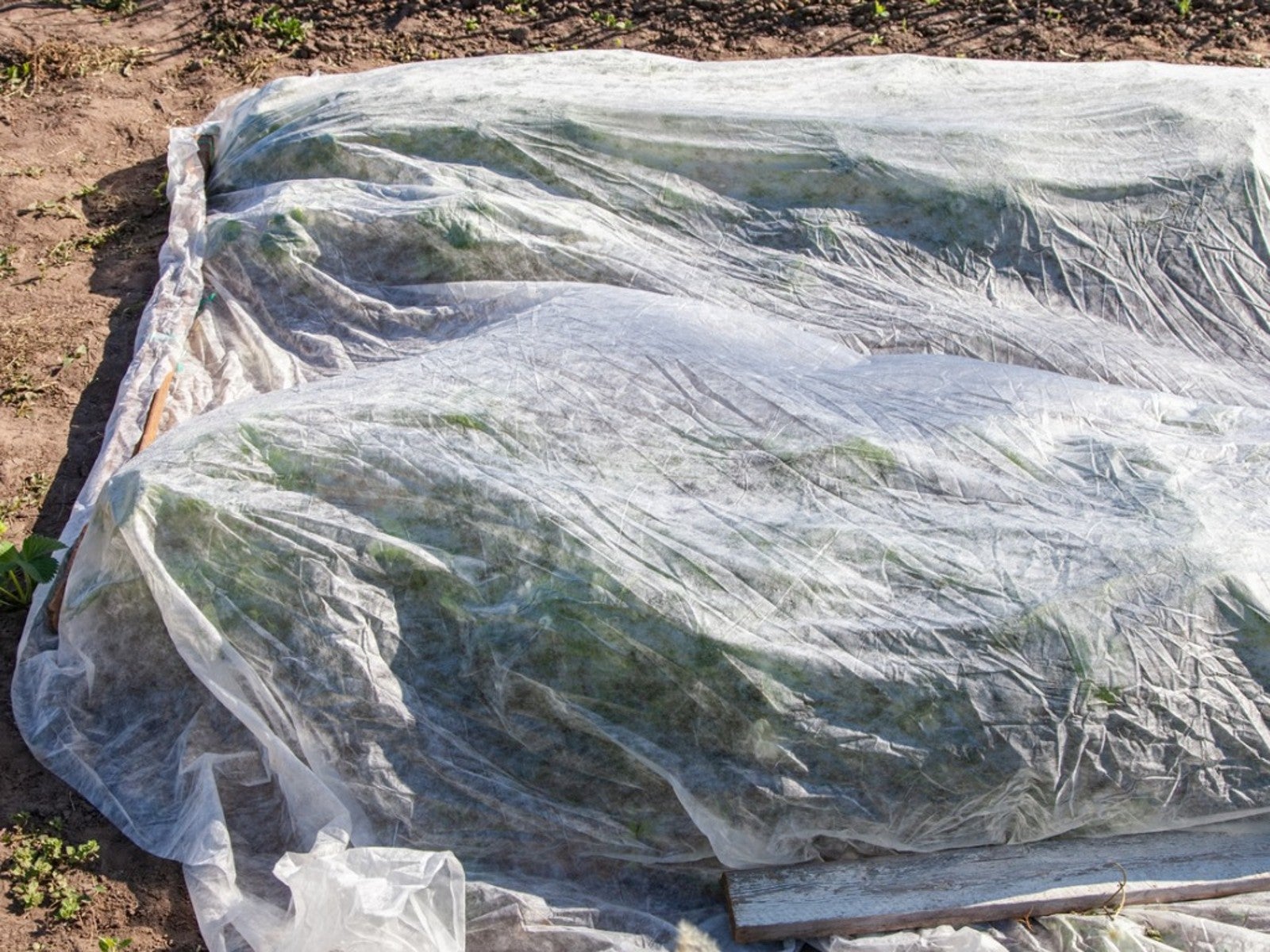What Is a Frost Blanket - - How Does A Frost Blanket Work
A frost blanket may be the best idea for protecting your garden plants from sudden freezes in cold months. .


What Is Frost Cloth: Using A Frost Blanket for Plants
As fall approaches, it is important to be ready for sudden freezes. In some regions, these can come on early and with little warning, killing the end of season veggie garden and damaging tender ornamentals and bulbs.
Having a frost blanket for plants at the ready is a great way to save your garden. What is a frost blanket? Frost cloth can be purchased but a frost blanket is really anything at hand that will cover and protect plants.
Frost blankets are lightweight, easy to use, and can save the end of season harvest from a cold snap. How does a frost blanket work?
The material traps heat stored in soil and keeps plants warm. A professional frost blanket for the garden use also allows light to penetrate during the day, which means you can leave the blanket on day and night.
What is a Frost Blanket?
If you don't have time to purchase frost cloth, also known as reemay or floating row cover, you can use lightweight sheets or other cloth in a pinch. However, these trap moisture and don't allow adequate light into the plants. Therefore, they must be removed during the day.
A frost blanket for plants is useful in early spring to protect young, new plants from cold, and excellent in late summer/fall to keep tender plants warm and extend the harvest. You can even use it on trees to protect new buds and flowers.
Floating row cover is often used over wire hoops to create a sort of mini greenhouse, but you can simply drape it over plants as well. It is made from polypropylene or polyester.
Sign up for the Gardening Know How newsletter today and receive a free copy of our e-book "How to Grow Delicious Tomatoes".
How Does a Frost Blanket Work?
When used properly, a frost blanket for gardens will trap heat escaping from sun warmed soil. The radiant heat will help keep plants from freezing at night. The cloth will also prevent ice from damaging plants. It is porous enough to let light and water in for the plants.
The fabric will prevent some flying pests from bothering the plants as well and boost seedling growth by acting like a greenhouse.
The fabric must be placed lightly around the plant, just enough to trap the warm air, but not enough to constrict limbs, stems, and leaves.
There are different weights of frost fabric, with different degrees of cold protection and light penetration. Remove the floating fabric when you are finished with it and store it in a dry area. It will keep for years if properly stored.
Set Ups for Frost Blankets
The frost blanket should not touch the plant, or it will transfer the ice and cold to leaves. Depending on the size of your plant, a tomato cage is a great structure to host frost fabric. Place the cage over the plant and fasten fabric to the outside.
When covering potted plants, cinch the fabric around the base of the container to create a pocket that keeps in the warm air. Larger plants may require a trellis or a knocked together structure to keep the fabric lightly around the plant. Soil pins can help keep the fabric in place.

Bonnie Grant is a professional landscaper with a Certification in Urban Gardening. She has been gardening and writing for 15 years. A former professional chef, she has a passion for edible landscaping.